Getting Started with AI Video
A comprehensive guide for beginners entering the world of AI-generated video content

Understanding AI Video Generation
AI video generation refers to the process of creating video content using artificial intelligence technologies. Unlike traditional video production, which requires cameras, actors, sets, and extensive editing, AI video tools can generate visual content from text descriptions, images, or other inputs with minimal human intervention.
What You'll Learn in This Guide
- Core concepts and terminology in AI video generation
- Different types of AI video generation approaches
- How to choose the right AI video tools for your needs
- Steps to create your first AI-generated video
- Best practices for achieving quality results
- Common challenges and how to overcome them
Core Concepts in AI Video Generation
Text-to-Video
Text-to-video is the process where AI interprets written descriptions (prompts) and generates corresponding video content. This approach allows creators to describe what they want to see and have the AI visualize it.
Example: "A serene mountain lake at sunrise with fog rolling across the water" might generate a beautiful nature scene with subtle movement.
Image-to-Video
Image-to-video (or image animation) converts static images into moving video by adding motion, transformations, or animated elements. This approach is useful for bringing photos or artwork to life.
Example: A portrait photograph could be animated to have subtle facial movements, blinking eyes, or moving hair.
Audio-Reactive Generation
Audio-reactive generation creates visuals that synchronize with and respond to music or sound. Using advanced algorithms, AI analyzes audio characteristics like beat, tempo, and energy to generate corresponding visual elements.
Example: Compeller AI specializes in creating music videos where visual elements pulse, transform, and flow in perfect synchronization with the audio track.
Latent Diffusion Models
Many modern AI video generators use latent diffusion models, which transform inputs into an abstract "latent space" where the AI can manipulate and generate content more effectively before converting back to visual output.
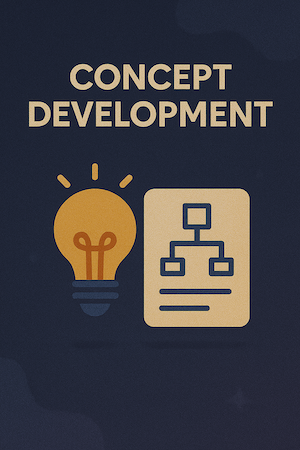
Text Prompts
Written descriptions that guide the AI's generation process. The quality and specificity of your prompts greatly influence the resulting video.
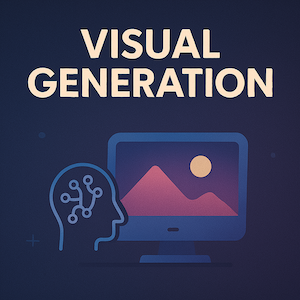
Frames and Keyframes
Individual images that make up a video. Keyframes are significant frames that define major visual changes, with the AI generating transitional frames between them.
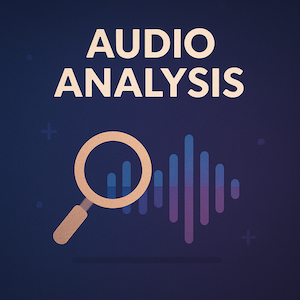
Motion Control
Parameters that define how elements move within the video, including camera movement, zoom effects, and object animation.

Style Transfer
Applying the artistic characteristics of one image or video to another, allowing for creative visual interpretations.
Choosing the Right AI Video Tools
With numerous AI video generation tools available, selecting the right one depends on your specific needs, technical expertise, and project goals.
Key Factors to Consider
Ease of Use: Some tools offer user-friendly interfaces suitable for beginners, while others require more technical knowledge but provide greater control.
Output Quality: Consider the resolution, frame rate, and overall visual quality the tool can produce.
Generation Speed: Some tools generate videos in minutes, while others may take hours depending on complexity and computing resources.
Pricing: Consider your budget and whether the tool offers free tiers, pay-as-you-go options, or subscription plans.
Recommended Tools for Beginners
Compeller AI
Best for: Music videos and audio-reactive content
Compeller AI stands out for its exceptional ability to synchronize visuals with audio tracks. With an intuitive storyboard interface and powerful AI models, it's ideal for creating music videos and audiovisual experiences without requiring technical expertise.
User-Friendly: Visual storyboard interface makes it accessible for beginners
Audio-Reactive: Creates visuals that sync perfectly with music
Free Tier: Offers a generous free plan to get started
Creating Your First AI-Generated Video
Follow these steps to create your first AI-generated video:
-
Define Your Vision
Decide what kind of video you want to create. Consider the subject, style, mood, and purpose of your video. Having a clear vision will help guide your prompt crafting.
-
Choose the Right Tool
Select an AI video generation tool that aligns with your project needs. For beginners, Compeller AI offers an excellent balance of accessibility and quality.
-
Craft Effective Prompts
Write detailed descriptions that specify visual elements, styles, actions, and transitions. Be specific but concise. For example, instead of "a city," try "a futuristic cyberpunk city with neon lights and flying vehicles at night during a light rain."
-
Generate and Iterate
Run your initial generation, review the results, and refine your prompts based on what worked and what didn't. AI video generation is often an iterative process.
-
Post-Processing (Optional)
Many AI-generated videos benefit from some additional editing, such as adding text overlays, adjusting colors, or combining multiple generated clips.
Best Practices for Quality Results
Be Specific in Your Prompts: Include details about lighting, camera angles, movement, and style. The more specific your description, the closer the AI can match your vision.
Understand Each Tool's Strengths: Different AI tools excel at different types of content. Match your project to the tool's strengths.
Start Simple: Begin with shorter, simpler videos before attempting complex projects. This allows you to learn the tool's capabilities and limitations.
Plan Your Scenes: For longer videos, break down your concept into scenes or segments. Consider creating a storyboard to plan transitions and flow.
Maintain Consistency: To ensure visual coherence across your video, maintain consistent style descriptors in your prompts.
Common Challenges and Solutions
Challenge: Inconsistent Visuals Between Frames
Solution: Use more specific style descriptors and leverage tools that allow keyframe control to maintain consistency.
Challenge: Limited Control Over Generated Content
Solution: Use more detailed prompts and explore tools like Compeller AI that offer fine-grained control over visual elements.
Challenge: Long Generation Times
Solution: Start with lower resolution or shorter clips for testing, then generate final versions at higher quality.
Challenge: Text and Faces Often Look Distorted
Solution: Some AI models struggle with text and faces. Consider adding these elements in post-processing or use specialized tools for these specific elements.
Next Steps in Your AI Video Journey
As you become more comfortable with basic AI video generation, explore these advanced techniques:
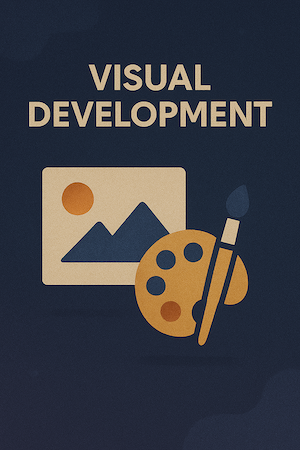
Style Mixing
Combine multiple visual styles in a single video for creative effect.
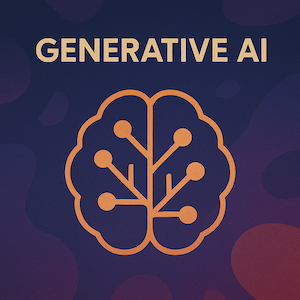
Inpainting and Outpainting
Modify specific areas of generated frames or extend scenes beyond their original boundaries.
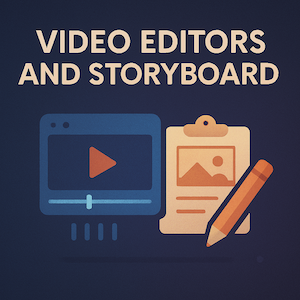
Hybrid Workflows
Combine AI-generated content with traditional footage and effects for unique results.
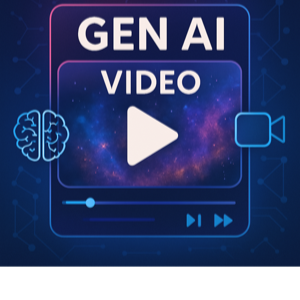
Custom Fine-Tuning
Some advanced platforms allow fine-tuning models on your own visual style or brand elements.
Ready to Create Your First AI Video?
Start your journey with the tools and techniques you've learned in this guide.